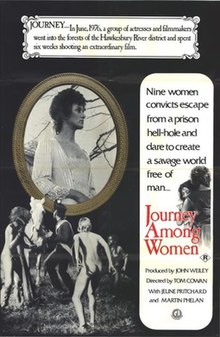
Emily Jane Brontë was an English novelist and poet who is best known for her only novel, Wuthering Heights, now considered a classic of English literature. She also published a book of poetry with her sisters Charlotte and Anne titled Poems by Currer, Ellis and Acton Bell with her own poems finding regard as poetic genius. Emily was the second-youngest of the four surviving Brontë siblings, between the youngest Anne and her brother Branwell. She published under the pen name Ellis Bell.
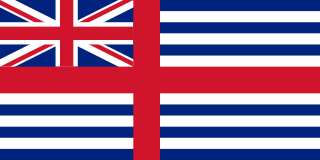
Van Diemen's Land was the colonial name of the island of Tasmania used by the British during the European exploration of Australia in the 19th century. A British settlement was established in Van Diemen's Land in 1803 before it became a separate colony in 1825. Its penal colonies became notorious destinations for the transportation of convicts due to the harsh environment, isolation and reputation for being inescapable. Macquarie Harbour and Port Arthur are among the most well-known penal settlements on the island.

Bushrangers were originally escaped convicts in the early years of the British settlement of Australia who used the bush as a refuge to hide from the authorities. By the 1820s, the term had evolved to refer to those who took up "robbery under arms" as a way of life, using the bush as their base.

Broadcast News is a 1987 American romantic comedy-drama film written, produced and directed by James L. Brooks. The film concerns a virtuoso television news producer who has daily emotional breakdowns, a brilliant yet prickly reporter, and the latter's charismatic but far less seasoned rival. It also stars Robert Prosky, Lois Chiles, Joan Cusack, and Jack Nicholson.

The Brontës were a nineteenth-century literary family, born in the village of Thornton and later associated with the village of Haworth in the West Riding of Yorkshire, England. The sisters, Charlotte (1816–1855), Emily (1818–1848) and Anne (1820–1849), are well-known poets and novelists. Like many contemporary female writers, they published their poems and novels under male pseudonyms: Currer, Ellis, and Acton Bell. Their stories attracted attention for their passion and originality immediately following their publication. Charlotte's Jane Eyre was the first to know success, while Emily's Wuthering Heights, Anne's The Tenant of Wildfell Hall and other works were accepted as masterpieces of literature after their deaths.
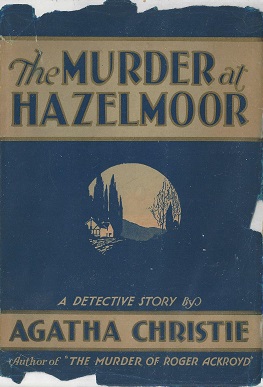
The Sittaford Mystery is a work of detective fiction by British writer Agatha Christie, first published in the US by Dodd, Mead and Company in 1931 under the title of The Murder at Hazelmoor and in UK by the Collins Crime Club on 7 September of the same year under Christie's original title. It is the first Christie novel to be given a different title for the US market. The US edition retailed at $2.00 and the UK edition at seven shillings and sixpence (7/6).

Cowan is a small outer suburb of Sydney, in the state of New South Wales, Australia, approximately 40 kilometres (25 mi) north of the Sydney central business district, in the local government area of Hornsby Shire. Cowan shares the postcode of 2081 with Berowra. Brooklyn, which lies 6 kilometres (3.7 mi) to the north-east of Cowan, is considered the northernmost suburb of the Greater Sydney Metropolitan Area.
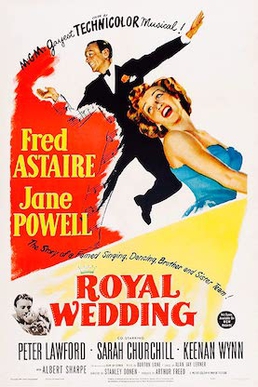
Royal Wedding is a 1951 American musical comedy film directed by Stanley Donen, and starring Fred Astaire and Jane Powell, with music by Burton Lane and lyrics by Alan Jay Lerner. Set in 1947 London at the time of the wedding of Princess Elizabeth and Philip Mountbatten, the film follows an American brother-sister song and dance duo who, while performing, each fall in love — he, with a female dancer, and she, with an impoverished but well-connected nobleman. The film marked Donen's second directorial feature. It was released as Wedding Bells in the United Kingdom.
Mary Ann Bugg was a Worimi bushranger, one of two notable female bushrangers in mid-19th century Australia. She was an expert horse rider and bush navigator who travelled with her bushranging partner and lover Captain Thunderbolt.

The loathly lady, is a tale type commonly used in medieval literature, most famously in Geoffrey Chaucer's The Wife of Bath's Tale. The motif is that of a woman who appears unattractive but undergoes a transformation upon being approached by a man in spite of her unattractiveness, becoming extremely desirable. It is then revealed that her ugliness was the result of a curse which was broken by the hero's action.
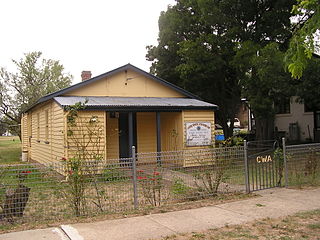
The Country Women's Association (CWA) is the largest regional and rural advocacy group in Australia. It comprises seven independent State and Territory Associations, who are passionate advocates for country women and their families, working tirelessly to ensure robust representation to all levels of government on issues that impact their communities. The organisation is self-funded, nonpartisan and nonsectarian.
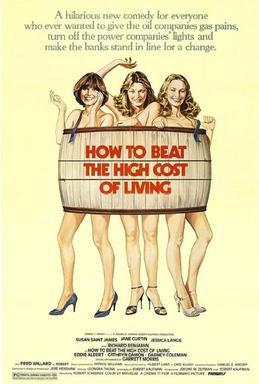
How to Beat the High Cost of Living is a 1980 American comedy heist film starring Susan Saint James, Jane Curtin, and Jessica Lange. Set in the aftermath of the economic recession of the 1970s, the film follows three women in suburban Oregon who, each facing personal and financial crises and desperate for money, devise a plan to steal a large amount of cash from a giveaway event in the local shopping mall. The film features supporting performances by Dabney Coleman, Fred Willard, Richard Benjamin, Eddie Albert, Scott Elliott, Cathryn Damon, Sybil Danning, and a cameo by Curtin's fellow Saturday Night Live co-star Garrett Morris.

Paulus Henrique Benedictus Cox, known as Paul Cox, was a Dutch-Australian filmmaker who has been recognized as "Australia's most prolific film auteur".

Night Tide is a 1961 American independent fantasy film sometimes considered to be a horror film, written and directed by Curtis Harrington and featuring Dennis Hopper in his first starring role. It was filmed in 1960, premiered in 1961, but was held up from general release until 1963. The film's title was inspired by some lines from Edgar Allan Poe's poem "Annabel Lee". The film was released by American International Pictures as a double feature with The Raven.
Peter Julian Tammer is an Australian film director, and a former Senior Lecturer in the film and television department at Victorian College of the Arts.
The 1977 Australian Film Awards ceremony, presented by the Australian Film Institute (AFI), honoured the best Australian films of 1976 on 21 September 1977 at Regent Theatre, in Sydney, New South Wales. It was televised on ABC. Actors Keir Dullea and Karen Black, and former Australian Prime Minister John Gorton hosted the show.
Tom Cowan is an Australian filmmaker.
The American Film Institute Awards are awards presented by the American Film Institute to recognize the top 10 films and television programs of the year. Unlike other accolades about the art form, the AFI Awards acknowledge the film and television productions deemed culturally and artistically representative of the year's most significant achievements in the art of the moving image in American cinema.
This article presents a list of the historical events and publications of Australian literature during 1966.

The Rajah Quilt is a large quilt that was created by women convicts in 1841 whilst travelling from Woolwich to Hobart using materials organised by Lydia Irving of the convict ship subcommittee of the British Ladies Society for Promoting the Reformation of Female Prisoners. The quilt was presented to Jane Franklin. The quilt was sent back to Britain for Elizabeth Fry, the leader of the British Ladies Society. The quilt's provenance was then unclear until it was rediscovered in 1989. It is now held by the National Gallery of Australia.
